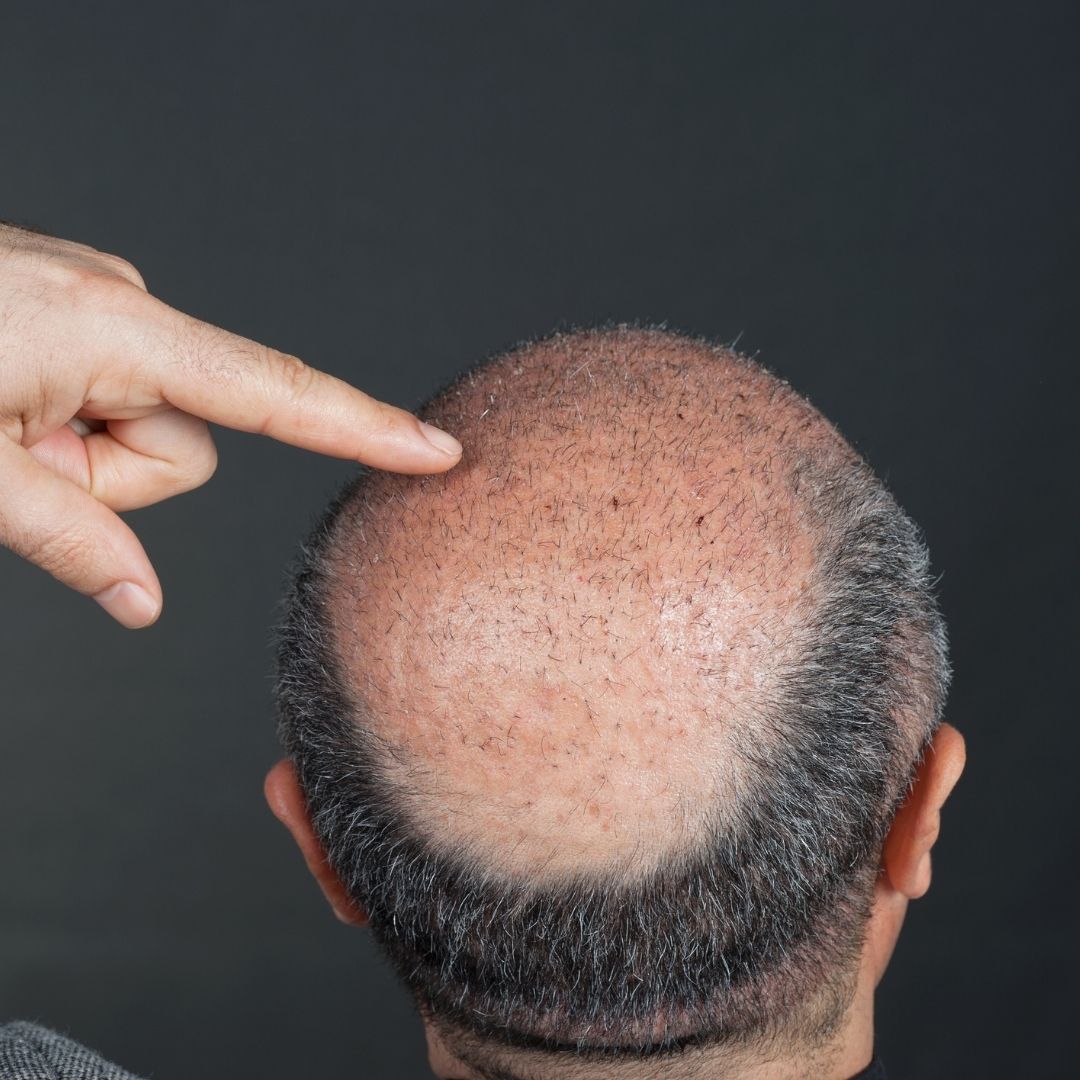Natural-Looking Hair: FUE Hair Transplant

Hair loss can be a challenging experience, impacting both self-esteem and confidence. Fortunately, advancements in hair restoration technology have provided effective solutions. Among these, the Follicular Unit Extraction (FUE) hair transplant stands out as a premier choice for those seeking a natural-looking result. This method offers a discreet, minimally invasive approach that ensures a seamless integration of new hair with the existing hairline. In this article, we will explore what makes the FUE Hair Transplants In Dubai a leading option for natural-looking hair restoration.
What is FUE Hair Transplant?
Follicular Unit Extraction (FUE) is a modern technique for hair transplantation that involves harvesting individual hair follicles from a donor area and transplanting them to the thinning or balding areas of the scalp. Unlike traditional methods such as Follicular Unit Transplantation (FUT), which involves removing a strip of scalp, FUE is less invasive and leaves no linear scar. This makes it an attractive option for those who want to maintain a short hairstyle or those concerned about visible scarring.
The Advantages of FUE Hair Transplant
1. Minimal Scarring
One of the most significant benefits of the FUE hair transplant is the minimal scarring. Since individual follicles are extracted using a small punch tool, the resulting scars are tiny and virtually undetectable. This is in contrast to the strip harvesting method, which can leave a noticeable linear scar across the back of the head.
2. Natural-Looking Results
FUE offers exceptional natural-looking results due to the precision with which hair follicles are harvested and transplanted. The process allows for the selection of healthy, strong follicles that match the characteristics of the surrounding hair. This meticulous attention to detail helps to ensure that the transplanted hair grows in a natural pattern and blends seamlessly with the existing hair.
3. Quick Recovery Time
The minimally invasive nature of FUE contributes to a quicker recovery time. Most patients experience only minor discomfort and can resume their daily activities within a few days. The small size of the extraction sites means there is less trauma to the scalp, which accelerates the healing process.
4. No Need for Stitches
FUE does not require stitches, unlike the FUT method. This reduces the need for post-operative care and makes the overall recovery experience more comfortable. Patients also appreciate the convenience of not having to deal with sutures or the potential complications that can arise from them.
The FUE Hair Transplant Procedure
1. Consultation and Planning
The journey begins with a consultation with a hair transplant specialist. During this initial meeting, the patient's hair loss pattern, donor area, and desired outcomes are assessed. The specialist will develop a personalized treatment plan, discussing the expected results and addressing any concerns.
2. Extraction of Follicles
On the day of the procedure, the donor area—typically located at the back of the head—is prepared and numbed with local anesthesia. Using a small punch tool, the specialist extracts individual hair follicles. This process is performed with precision to ensure that the follicles are healthy and suitable for transplantation.
3. Preparation and Transplantation
Once the follicles are extracted, they are carefully prepared for transplantation. Tiny incisions are made in the recipient area where the follicles will be implanted. The prepared follicles are then inserted into these incisions, following a natural hair growth pattern to achieve the most realistic result.
4. Post-Procedure Care
After the transplant, patients receive instructions for post-procedure care. This typically includes guidelines for washing the scalp, avoiding strenuous activities, and using prescribed medications to aid in recovery. Most patients notice new hair growth within a few months, with full results becoming apparent after about a year.
Factors Contributing to Success
1. Expertise of the Surgeon
The success of an FUE hair transplant largely depends on the skill and experience of the surgeon. Choosing a qualified specialist with a proven track record in FUE procedures is crucial for achieving optimal results. A well-experienced surgeon will be adept at selecting the best donor follicles and placing them with precision.
2. Patient's Hair Characteristics
The natural appearance of the transplanted hair also depends on the characteristics of the patient’s existing hair. Factors such as hair texture, color, and growth pattern play a role in the overall outcome. The specialist will consider these factors to ensure that the transplanted hair blends well with the existing hair.
3. Post-Procedure Care
Adhering to post-procedure care instructions is essential for promoting proper healing and encouraging optimal hair growth. Following the specialist’s recommendations can significantly impact the final results of the hair transplant.
Conclusion
The Follicular Unit Extraction (FUE) hair transplant offers a natural-looking solution for those experiencing hair loss. Its advantages—minimal scarring, natural results, quick recovery time, and no need for stitches—make it a preferred choice for many individuals seeking a discreet and effective hair restoration method. By understanding the procedure, its benefits, and the factors contributing to success, individuals can make an informed decision about their hair restoration journey. With the expertise of a skilled surgeon and proper post-procedure care, FUE can help restore not just hair, but confidence and self-esteem as well.